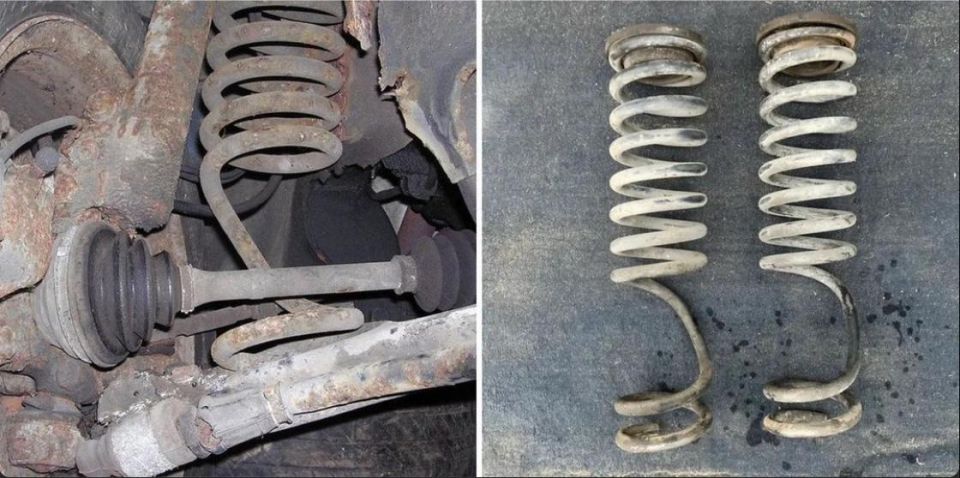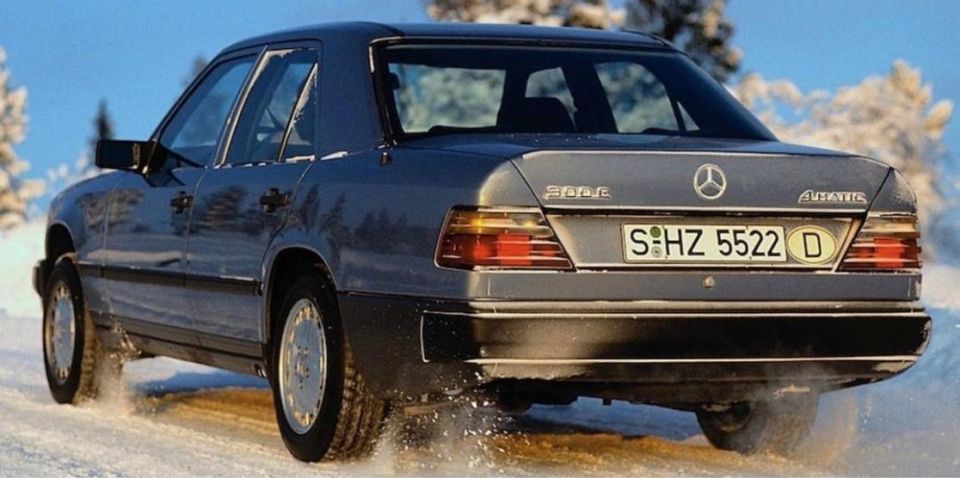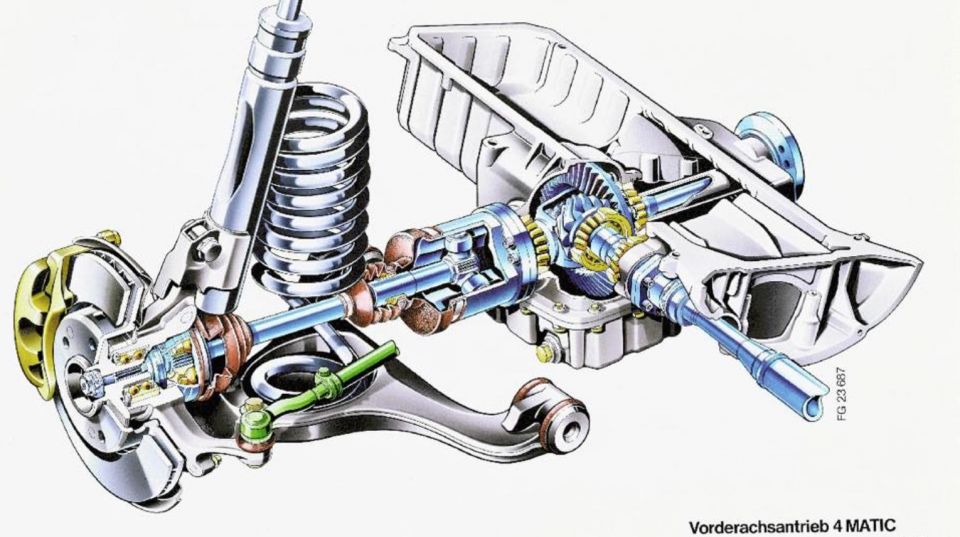

Max Davies
2026 Toyota HiAce review
6 Hours Ago
Uncovering the weirdly ingenious suspension system of Mercedes-Benz's 124 Series: How AWD Forced engineers to get creative

Contributor


Contributor
Picture this: it’s the early ’90s and the engineers at Mercedes-Benz are trying to fit an all-wheel-drive system into their 124 chassis. Sounds like a great idea, right?
Except there’s one problem: where do you put the front differential and driveshaft? Well, these engineers had to get a little creative to solve that problem. And by creative, we mean they did some downright wacky stuff that resulted in an unconventional suspension layout. So let’s dive into the details of how the 124’s suspension got so weird.

The Mercedes-Benz 124 series was a range of executive cars manufactured by Mercedes-Benz from 1984 to 1997.
One of the unique features of this series was its suspension, which was designed to provide a comfortable ride while maintaining good handling characteristics. However, the 124’s suspension layout has been a topic of discussion among automotive enthusiasts due to its odd design.
The 124 featured a double-wishbone front suspension and a multi-link rear suspension. This design provided excellent handling and stability while maintaining a comfortable ride. All pretty normal so far, right? Not until we get to the front suspension which featured a stretched coil spring.

The stretched coil spring was used on the all-wheel-drive variant 4Matic model of the 124. The front suspension of the 4Matic model had to accommodate the front differential and driveshaft. To do this, the spring was stretched to provide enough clearance for the front differential.

When it comes to AWD suspension design in cars of the same era, the BMW E30 is a prime example. The BMW E30 AWD system, known as the iX, used a conventional MacPherson strut design with a shorter coilover setup, allowing for a more compact design.
However, Mercedes went a completely different route. The elongated coil design theoretically allowed for a longer spring travel, increased ground clearance and offered a more comfortable ride, while maintaining the necessary stiffness for the added weight and power of the AWD system.
However, the stretched coil spring design also had some drawbacks. One of the main issues was that it was difficult to find replacement springs. The stretched coil spring was unique, and it was not compatible with the standard model’s suspension. This made it difficult for owners of the 4Matic model to find replacement parts.

Another issue with the layout was that it was expensive to repair. The multi-link rear suspension was complicated and required special tools and knowledge to work on. This meant repairs and maintenance on the suspension system could be costly.
Despite these issues, the 124’s suspension layout was generally well-regarded by automotive enthusiasts. It provided excellent handling, good ride quality, and was suitable for a wide range of driving conditions. While the stretched coil spring design was unique, it was also an essential component of the 4Matic model’s suspension system.

Despite its quirks, the 124’s suspension system managed to deliver a smooth ride while still being able to handle some serious cornering action.
So if you ever find yourself cruising around in a 124, just remember that you’re driving a car with some pretty odd suspension. If nothing else – it will always be an interesting conversation piece whenever a mechanic sticks their head under your car.
Where expert car reviews meet expert car buying – CarExpert gives you trusted advice, personalised service and real savings on your next new car.
Mark Trueno is a CarExpert Contributor.


Max Davies
6 Hours Ago


William Stopford
22 Hours Ago


Ben Zachariah
23 Hours Ago


Derek Fung
23 Hours Ago


Matt Campbell
1 Day Ago


William Stopford
2 Days Ago